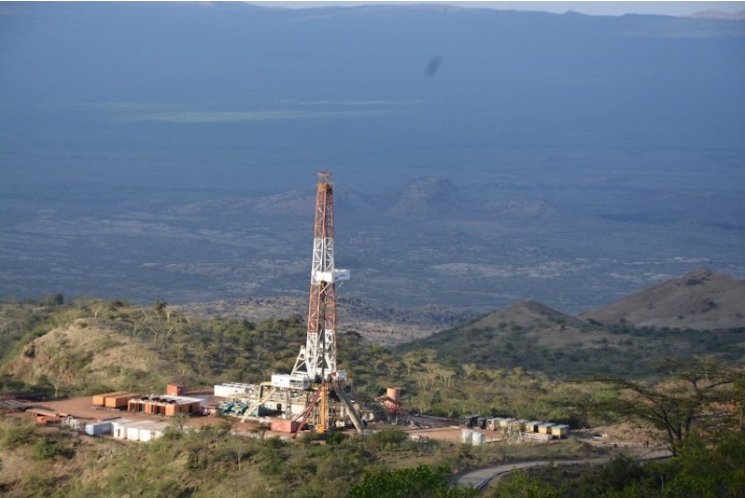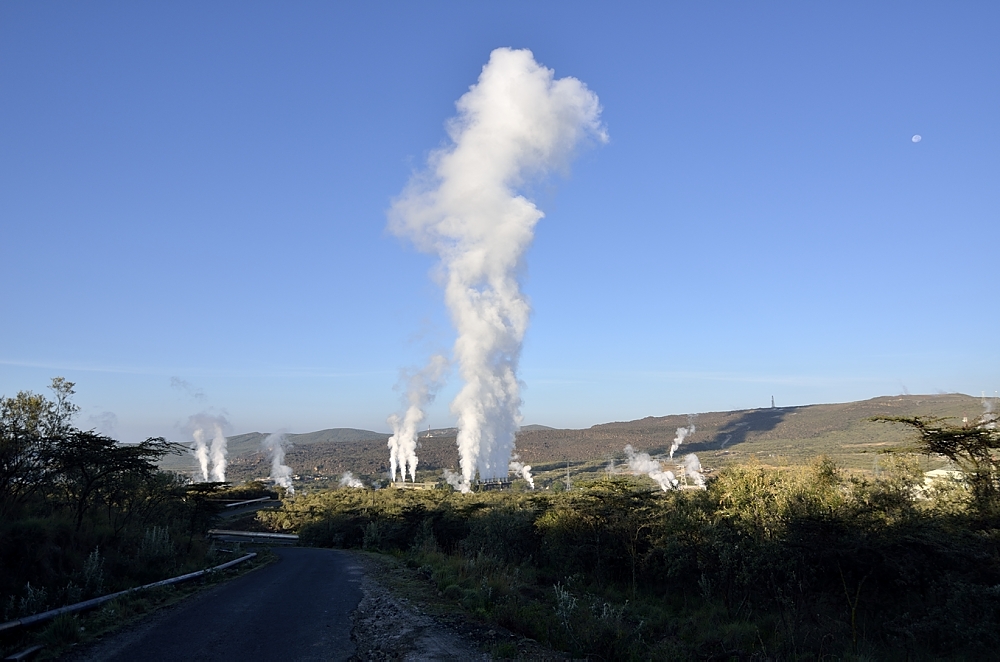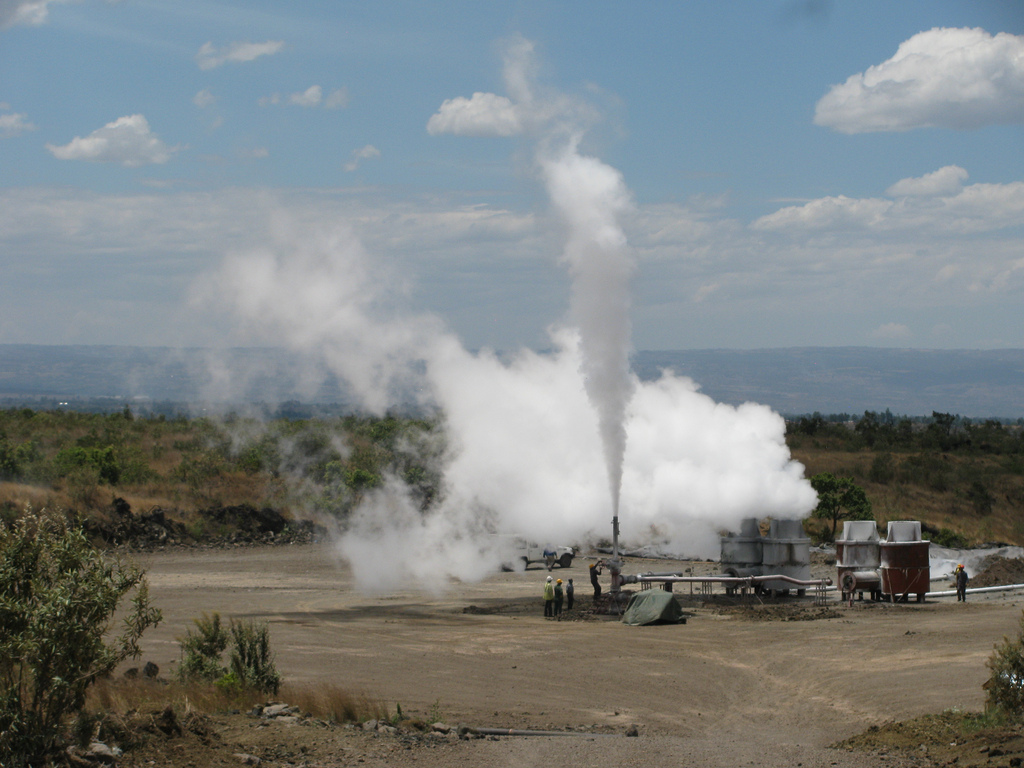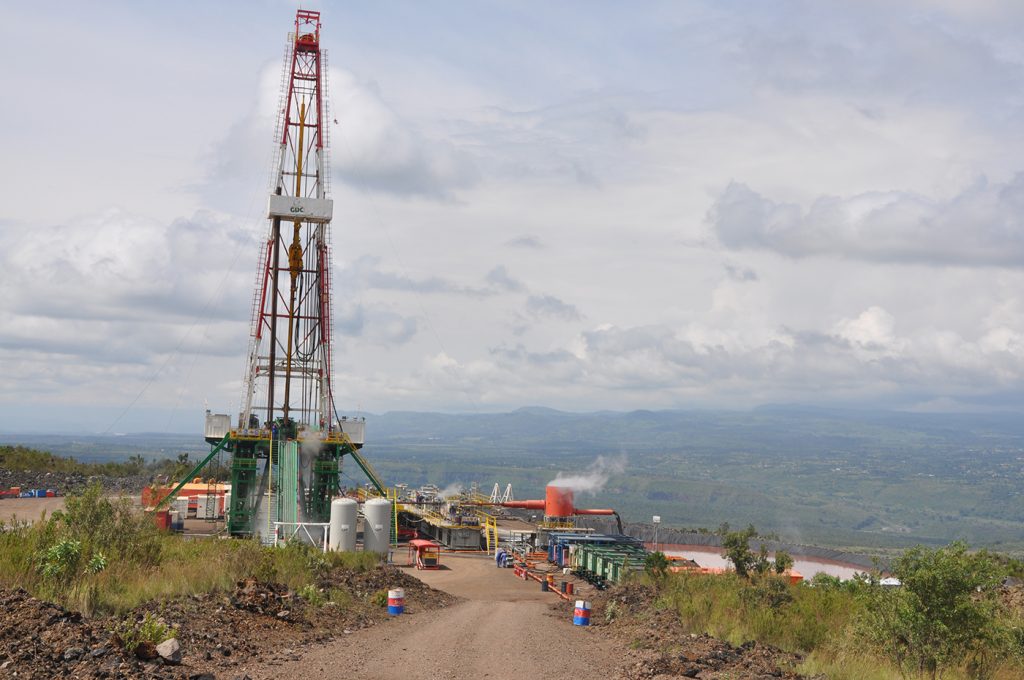
Image: Christian Lue, Unsplash
The Jinan-Hefei Highway (G35), a flagship project in China’s green infrastructure push, has opened for traffic. The road, developed by Shandong Hi-Speed Group (SDHS), is China’s first zero-carbon highway and a key milestone in sustainable transportation.
The 152.7 km expanded Jihe Highway now features eight lanes with a speed limit of 120 km/h, three service areas, two parking zones, and 10 toll stations.
Green design played a central role in the project, incorporating renewable energy systems, energy-saving carbon-reduction measures, and a zero-carbon integrated control system.
Distributed solar, small-scale wind turbines, geothermal heat pumps, energy storage, near-zero energy buildings, off-grid micro-lighting, and forestry carbon sinks aim to cut emissions substantially.
The authorities estimate that the highway will annually emit 13,600 tons of carbon, but expect clean energy technologies to offset emissions by 22,500 tons per year, resulting in a net reduction of 9,000 tons per year.
Solar panels, installed across service area buildings, toll stations, entrance ramps, and embankments, include PV carports that charge vehicles while generating 33 GWh of electricity per year from 30 MW of capacity.
The highway also integrates small wind turbines, geothermal heat pumps, and distributed storage systems at service areas, with 9 MW/18 MWh total energy storage capacity. A mobile energy storage system ensures backup power for the microgrid.
The project features energy-saving upgrades, including wastewater treatment improvements, near-zero energy building standards, and expanded vegetation coverage to enhance carbon sequestration.
SDHS manages thousands of highway assets with advanced tracking technology, using pile number recognition and precise location algorithms to enable real-time monitoring, inspections, and maintenance through an intelligent operations platform.
The Jihe Highway represents a significant step in China’s zero-carbon highway initiative. As China’s 184,000 km highway network expands by 6,000 km annually and upgrades 3,000 km per year, zero-carbon transformations will play a crucial role in reducing emissions and advancing the country’s green energy goals.







